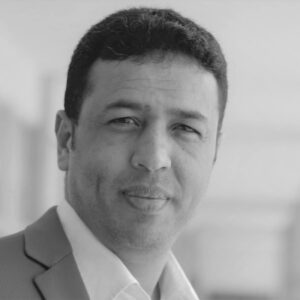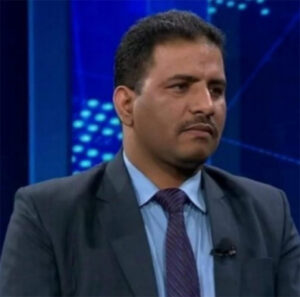Executive Summary
Yemen’s political and economic situation worsened in the first months of the year as the impacts of the Red Sea crisis, which began in November, began to manifest themselves. Peace talks between Saudi Arabia and the Houthi group (Ansar Allah) were effectively placed on hold, and the United States broadened its response to the Houthi attacks, launching strikes alongside the UK against Houthi targets inside Yemen and designating the Houthis as a Specially Designated Global Terrorist group (SDGT), which came into effect on February 16. The designation could impact not only Houthi military and economic activities but also risks a further stranglehold on international humanitarian work in Houthi-run territories, as banks and exchange firms stop dealing with Sana’a-based entities. In late March, Houthi authorities issued a 100-rial coin to replace dilapidated notes, escalating the economic warfare between the two rival central banks. Denouncing the move as illegal, the Aden central bank branch prohibited the coins’ circulation, but the real fear is that this is a trial balloon for a series of currency roll-outs that will end with Sana’a printing its own banknotes, possibly with foreign help, as rebel authorities did in Libya in 2019.
Prime Minister Maeen Abdelmalek Saeed finally stepped down, succeeded by Foreign Minister Ahmed Awadh bin Mubarak on February 5. Yemen’s ambassador in Riyadh, Shaya al-Zindani, was belatedly appointed to the vacant foreign minister post on March 26. Neither man is popular with the PLC. Combined with the government’s strained finances, this could hamper their effectiveness.
Houthi attacks on foreign shipping and US-UK attacks continued more or less unabated, causing in one case the sinking of a ship carrying fertilizer and diesel fuel. US-UK airstrikes have killed at least 37 on the Houthi side, and reportedly some Islamic Revolutionary Guard Corps officers. After talks with Omani officials in Muscat in early April, the US Yemen envoy appeared to hold out hope of a resolution, suggesting the sanctions would be lifted if the attacks stopped – as tensions rose again between Iran and Israel, with possible implications for Yemen. Tensions also rose on frontlines inside Yemen as Houthi and government-aligned forces reinforced their military presence in several areas, including Hudaydah and Marib. The US-UK strikes also heightened the repressive atmosphere in Sana’a and elsewhere, as Houthi authorities cracked down in areas near mobile launch sites and introduced a new law against support for Israel that is already being used as another cudgel to crush dissent.
Al-Qaeda’s Yemen branch announced the loss of its leader Khaled Batarfi in March, who died after several months of illness. He was replaced by Saad al-Awlaqi, a senior Yemeni figure with strong tribal ties in Shabwa who is popular among younger members of the group but whose ties with Iran-based Saif al-Adel, the de facto leader of the global organization, appear to be tense. Al-Qaeda also lost Saif al-Adel’s son, known as Ibn al-Madani, reportedly as a result of a fire in the place where he was staying in Marib, and the group’s lead drone expert Khaled al-Sana’ani also died in an apparent traffic incident – incidents that have raised speculation of possible internal skulduggery as Al-Awlaqi settles into his new role.
This issue of the Yemen Review was prepared by (in alphabetical order): Ryan Bailey, William Clough, Casey Coombs, Yasmeen Al-Eryani, Magnus Fitz, Hamza Al-Hammadi, Andrew Hammond, Waleed Al-Hariri, Khadiga Hashem, Abdulghani Al-Iryani, Yazeed Al-Jeddawy, Maged Al-Madhaji, Elham Omar, Ghaidaa Al-Rashidy, Osamah Al-Rawhani, Maysaa Shuja Al-Deen, Lara Uhlenhaut, Ned Whalley, and Wadhah Al-Awlaqi.
The Yemen Review is produced by the Sana’a Center for Strategic Studies. Launched in 2016, it aims to identify and assess current diplomatic, economic, political, military, security, humanitarian, and human rights developments related to Yemen.
In producing The Yemen Review, Sana’a Center staff throughout Yemen and around the world gather information, conduct research, and hold private meetings with local, regional, and international stakeholders in order to analyze domestic and international developments.
This series is designed to provide readers with contextualized insight into the country’s most important ongoing issues.

 اقرأ المحتوى باللغة العربية
اقرأ المحتوى باللغة العربية






